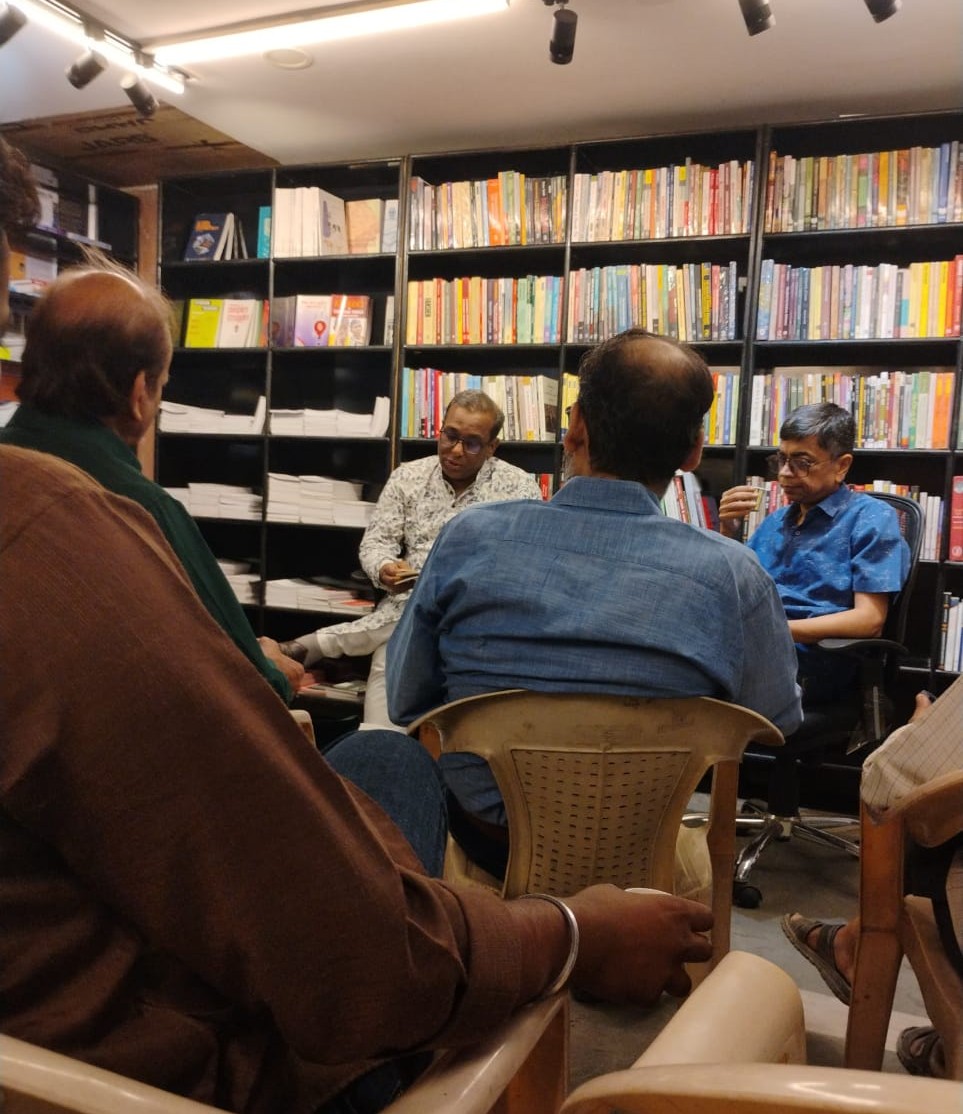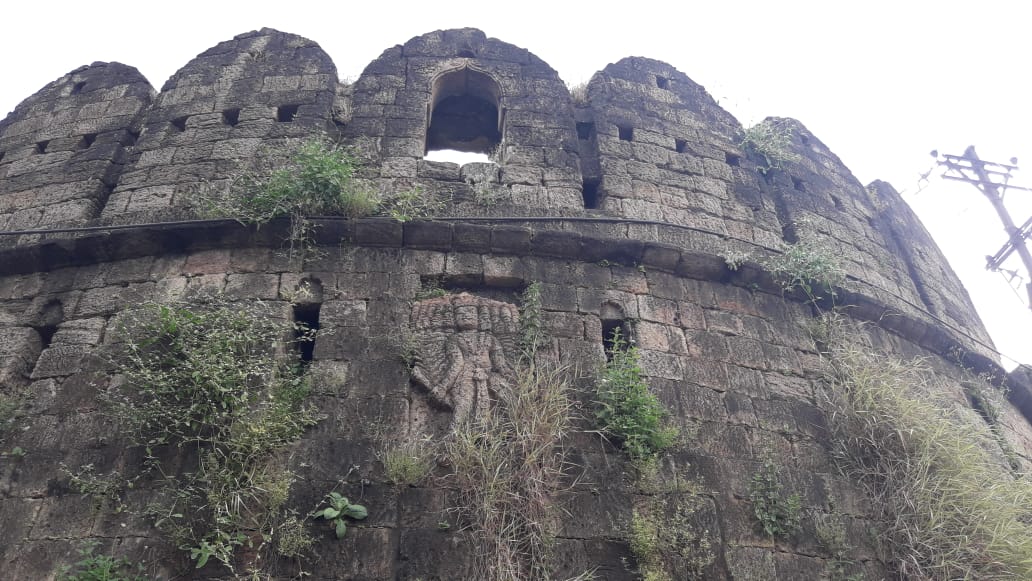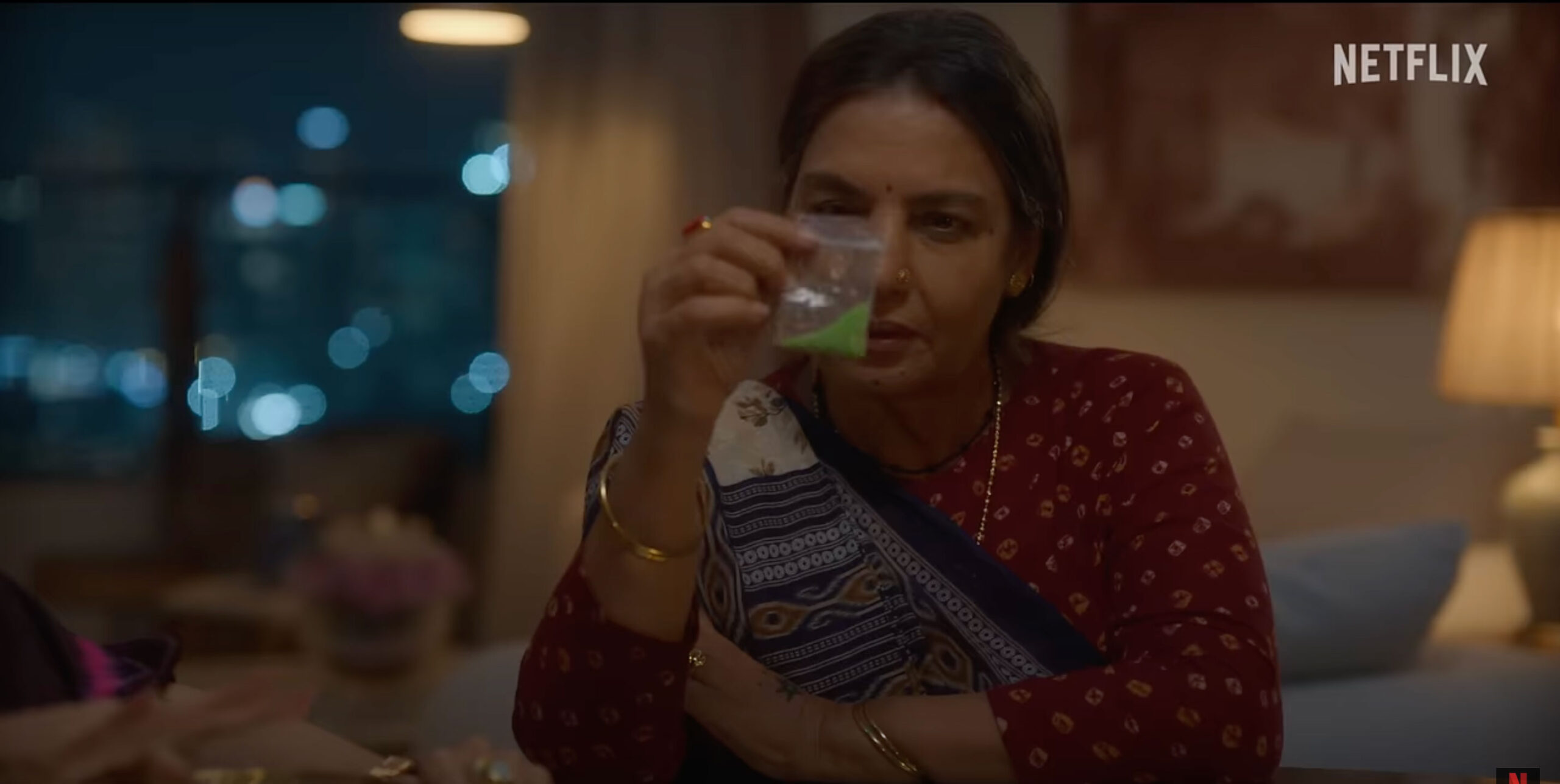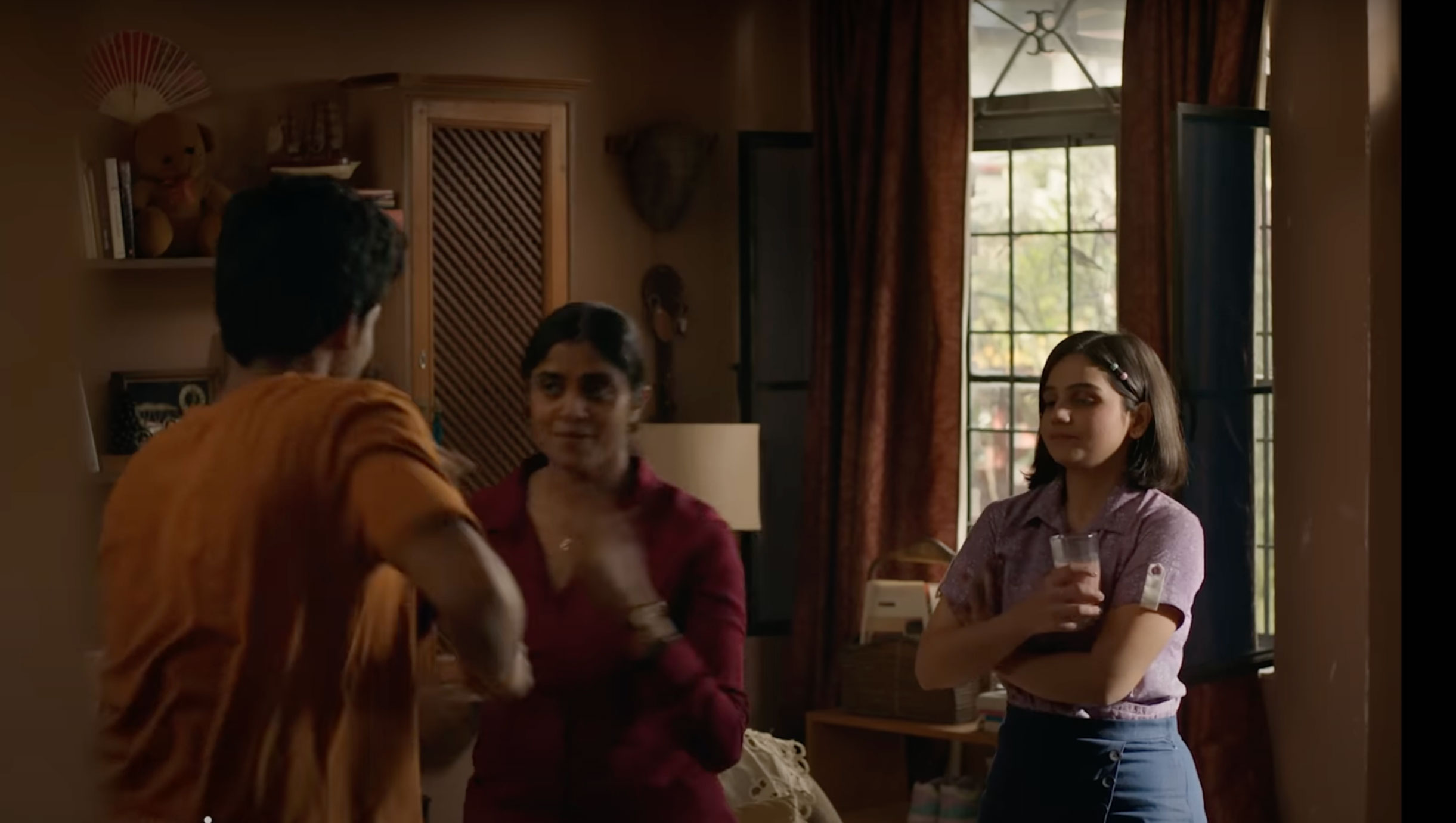KERALA’S PAST AND PRESENT THROUGH THE EYES OF A DALIT HISTORIAN
In this second part of an interview with FORWARD Press, P. Sanal Mohan, professor of History at Mahatma Gandhi University in Kottayam, Kerala, and author of the widely acclaimed Modernity of Slavery: Struggles Against Caste Inequality in Colonial Kerala, says none of the castes categorized as OBC or SC today, including the Ezhavas, was considered Hindu before the Temple Entry Movement of the 1920s and 1930s. Yet, the Sangh Parivar has set its sights on co-opting Narayana Guru today, although he is not amenable to this exercise. Guru was born into an Ezhava family but he taught everyone to transcend caste and religion and practised what he preached.
Where did Ezhavas fall in the socio-economic structure of 19th-century Kerala?
In the older historical documents of the 9th century, we find Ezhavas being referred to as an enslaved group but later the Ezhavas elevated themselves from this position. In 1817 there was a proclamation by the Travancore queen by which castes that were enslaved, other than those in the agrarian economy as labourers in the agricultural fields, were liberated. Therefore, in the 19th century, we find Ezhavas, too, as agricultural labourers or performing various economic activities. However, they were not agrestic slaves [slaves who were bought and sold along with the land or ‘rented’]. They were marginal farmers leasing land from the upper-caste landlords (janmis) and, towards the end of the 19th century, they also became well-to-do farmers. This is true for most parts of Kerala including Malabar, where Thiyyas [a caste similar to Ezhavas] had improved their lot …





